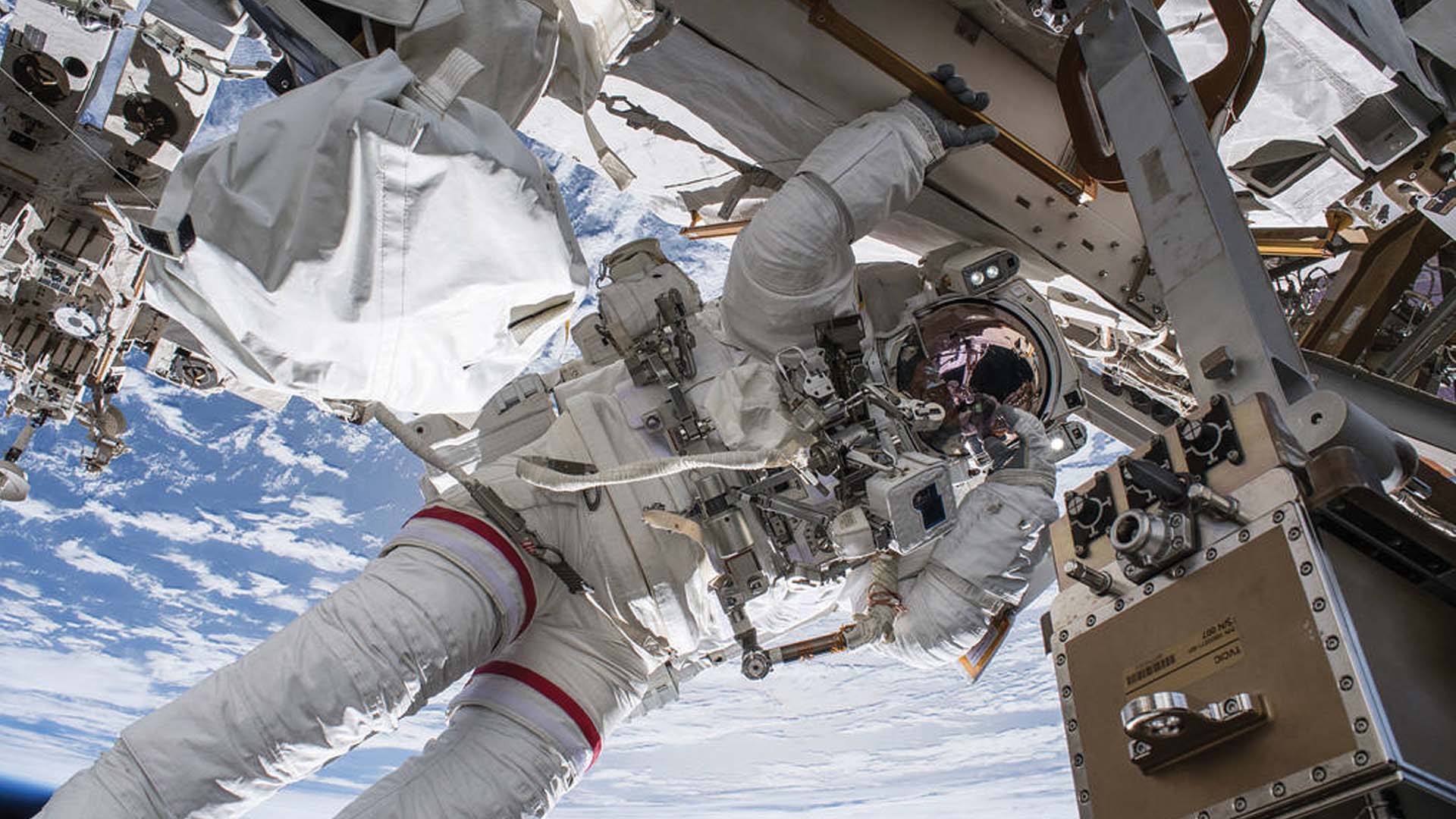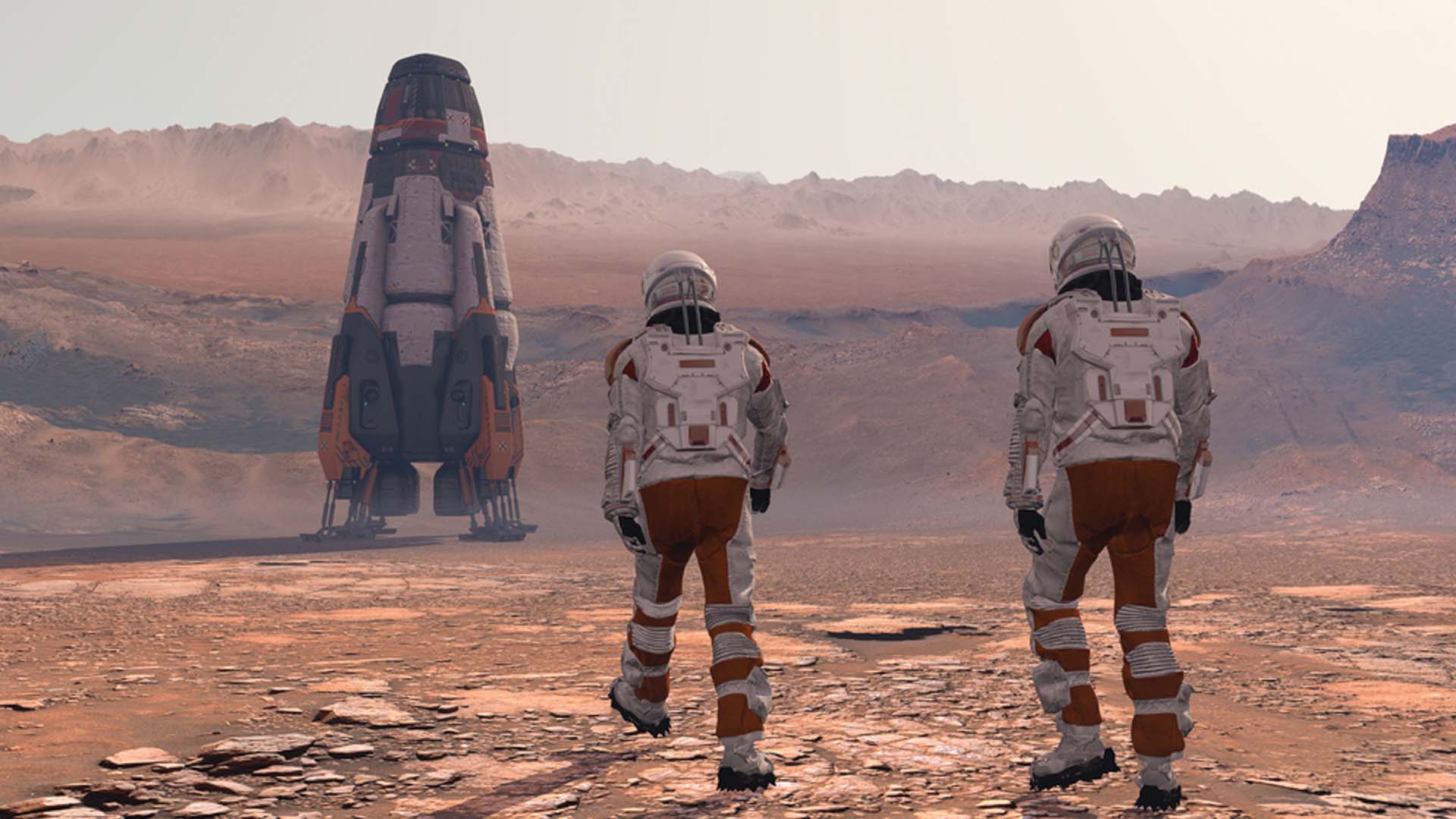NASA proposed to change the radiation exposure limits that the agency sets for its astronauts. On June 24, 2021, a National Academics committee endorsed their proposal to set a single lifetime radiation exposure limit for all astronauts.

Photo Credit: NASA
Currently, the lifetime radiation limits vary greatly based on age and gender. For example, the limit is 80 millisieverts for a 30-year-old woman and 700 millisieverts for a 60-year-old man. The proposed change is to make the limit about 600 millisieverts, regardless of age or gender. The goal of this radiation limit is to keep an individual below a 3% risk of cancer mortality.
The limit number is based on the risks of the organs of a 35-year-old woman, a demographic deemed most vulnerable to radiation. As a result, female astronauts, who currently have a lower limit than men, would be able to spend as many days in space as their male counterparts.
Every current NASA astronaut has received less than 600 millisieverts of radiation, meaning they can all safely return to space with the new possible regulation. However, the limit may cause issues in future missions that plan to send astronauts into deep space with longer missions, increasing the amount of radiation exposure. For example, a trip to the moon that lasts six months involves about 200 millisieverts of exposure in just one trip. And, NASA’s goal of sending humans to Mars greatly exceeds the set limits. The entire voyage, likely lasting a few years, would involve over 1000 millisieverts. This would require a waiver for these astronauts, bringing up ethical issues in the possibly deadly amount of radiation accrued by these astronauts.

Space is filled with harmful radiation from the sun and cosmic rays. The radiation can damage an organism’s DNA and other cells, resulting in permanent damage. The more radiation exposure an organism has, the more the damage increases. Over time, the cellular damage significantly increases the risk of developing cancer.
Humans are not the only thing affected by the immense amount of radiation in space—space equipment is too. Electronic equipment like satellites fails quickly in space due to radiation. A solution to this is injecting radiation hardness DNA deep into the semiconductor surfaces for them to last in space. For example, the company CAES injects radiation-hardened and high-reliability components to things like satellites and memory processors so they can withstand the radiation in space. If only humans could get this treatment too!
To discover more about the future of space, stream Tomorrow’s World Today’s “Semiconductors in Space” on SCIGo and Discovery GO.
Explore the World of Production, and discover the science behind roller coasters, what you need to know about electronic recycling, and catch a glimpse at the future of mining.




